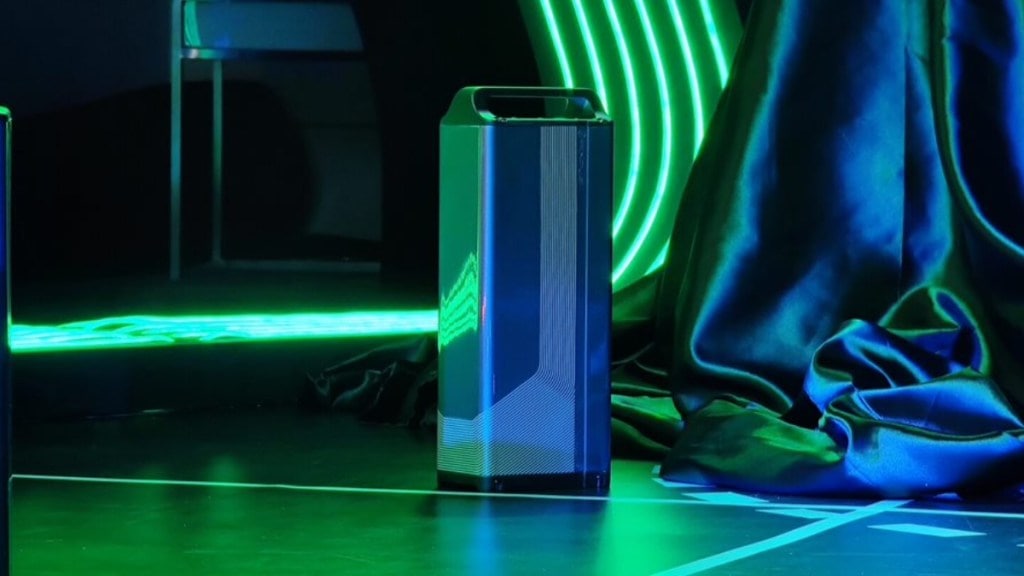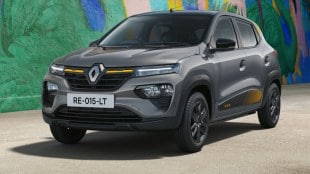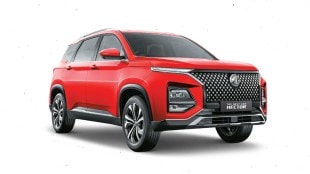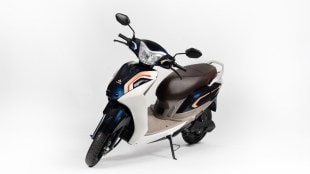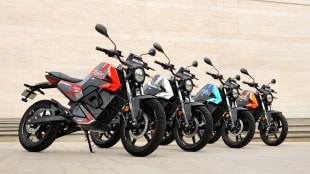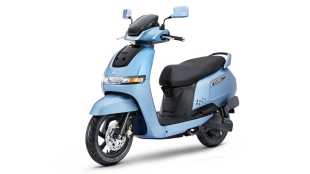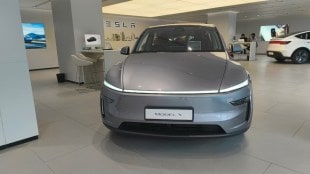Over the last month, two countries have taken steps towards a technology that was once considered a white whale in the world of electric vehicle manufacturing – Swappable Batteries.
In a ceremony full of fog machines and flashing lights, Chinese car manufacturer Nio unveiled an electric vehicle battery-swapping station in Norway last month. Drivers will supposedly be able to swap drained batteries in a matter of minutes with this new technology. On the Indian front, in a budget speech for the coming year, India’s finance minister, Nirmala Sitharaman, laid out a commitment reported by Reuters as “considering the constraint of space in urban areas for setting up charging stations at scale, a battery swapping policy will be brought out.”
In essence, battery-swapping allows for a fully charged battery to be installed in minutes. Besides, it is seen as a way of lowering the price of electric vehicles, as two-wheelers & three wheelers will essentially sell without the battery. Instead, EV owners will pay a subscription for the battery and so the “battery-as-a-service” concept will be born.
The standardised battery can improve safety and prolong the life of the battery by correct charging. Users also generally don’t need to worry about the residual value of the battery or battery degradation. They can continue to enjoy the dividends brought about by improvements in battery technology. Centralized management of batteries and closed-loop management reduces the overall cost of the batteries. The batteries can also be repurposed after their end-of-life for solar and energy storage applications. The swapping stations can also power themselves using these batteries in the event of power interruption or, they can be used as a power source to help power smaller microgrids in the event of power outages that disrupt critical systems.
Honda, KTM, Yamaha and the Piaggio Group have already formed a Swappable Battery Motorcycle Consortium (SBMC). The underlying aim is to address the future of electromobility, such as range, charging time, infrastructure, and cost of ownership. They are developing common technical specifications for swappable battery systems.
But a major concern around battery swapping is the high Capex involved in setting up swap stations, where batteries need to be kept charged and ready for drivers and riders. Such investment calls for incentives.
| Charging Technology | Battery Charging | Battery Swapping |
| Pros | ● As simple as plugging in an appliance ● No need to manually remove the battery and replace them (most batteries are very heavy) ● What you buy is yours to keep ● You can set a charger at home ● Higher degree of battery optimization with the scooter | ● Not much range anxiety if there are enough battery swapping stations ● No waiting period ● Can be carried home to recharge ● Could cost much less ● Ability to adopt a newer battery technology once it is broadly available |
| Cons | ● Long waiting period ● Impact on battery health over the span of ownership ● Needs ample space to park and charge simultaneously ● Range anxiety due to lack of time to recharge ● Needs more planning before leaving the house | ● Lack of standardization ● Possibility of getting a more used up unit which could impact driving range\ ● More batteries are in circulation to run the same number of EVs ● The weight of the battery may not make the task of swapping any easier |
However, battery swapping is not a panacea. An increasing number of companies and governments are looking to DC electricity-based “supercharging/hypercharging” systems that can charge vehicles within minutes. Additionally, with increased investment into R&D, automobile manufacturers are also slowly coming out with newer generation of EVs that far surpass the range limitations of current EVs.
It is possible that battery swapping would be useful in some narrow cases like fleets of vehicles that are all owned and operated by the same company. It can also work with a dedicated fleet that has an extremely high value on time. To put this in context, if fast charging takes half an hour and the battery swap takes five minutes, a total of 25 minutes are saved. For a delivery company such as FedEx or Amazon, these 25 minutes could be worth the cost of investing in backup batteries.
However, standardization in swapping batteries is essential and we have to recognise that this might be the only way forward for faster adoption, especially for some segments like last-mile delivery operators. Having said that, the market is still nascent and we should not restrict the innovation that can happen across pack dimensions, connectors and communication protocols so that there is ample scope for trying out new ideas. Battery swapping in India is, thus, truly at an inflection point.
Author: Mr. Mehul Shah, VP Transportation BU, Nexcharge
Disclaimer: The views and opinions expressed in this article are solely those of the original author. These views and opinions do not represent those of The Indian Express Group or its employees.
Also Read – Ola Electric invests in Israeli battery technology firm StoreDot
